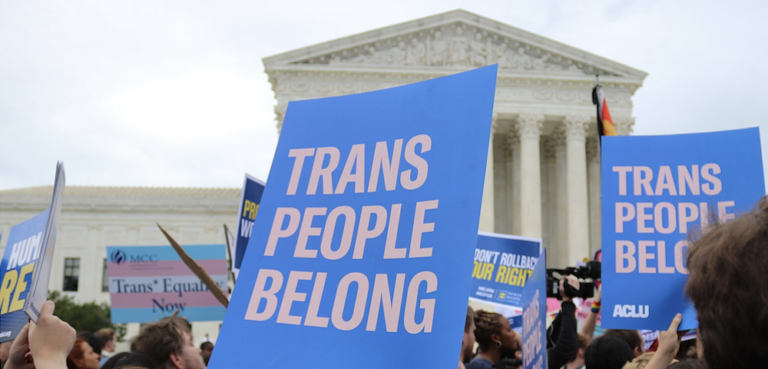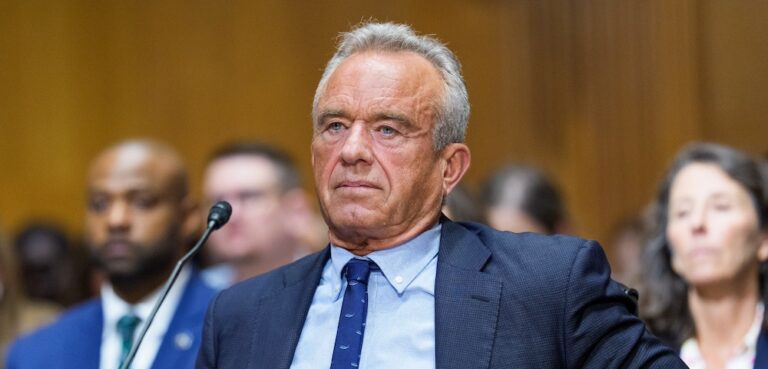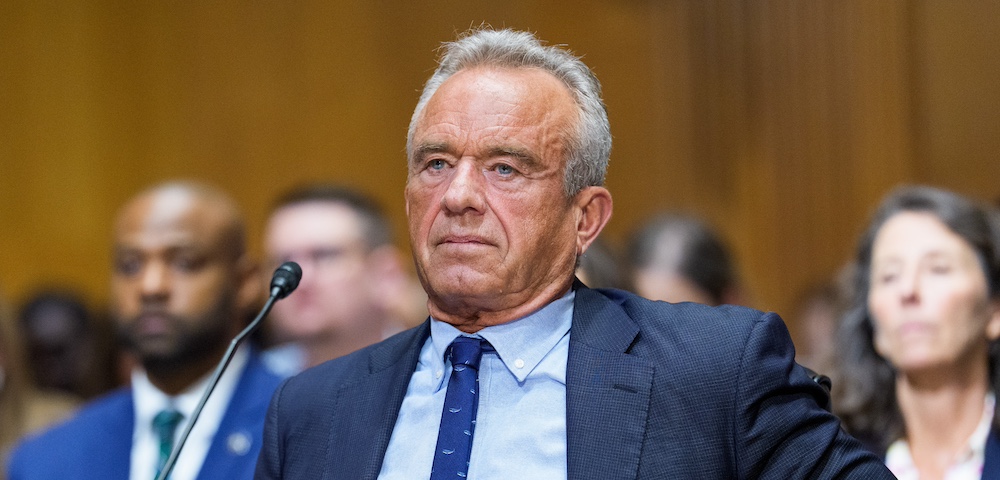
US Supreme Court Decision Exposes Flaws In Australian Workplace Law
The landmark US Supreme Court decision protecting LGBTQI workers from discrimination has highlighted how better protections can be achieved in Australia.
The US’ top court ruled six votes to three that federal law which prohibits discrimination based on sex should also include sexual orientation and gender identity.
The Supreme Court ruled to uphold Title VII of the Civil Rights Act of 1964, which outlaws discrimination against employees because based on sex, race, nationality – and now, sexuality.
Now, Australian advocates are calling for changes to be made in the Fair Work Act 2009, which currently doesn’t work in tandem with protections outlined in the Commonwealth Sex Discrimination Act 1984 (SDA).
While the relevant provisions of the federal Fair Work Act 2009 covers sex and sexual orientation, and the Fair Work Commission interprets ‘sex’ to include gender identity or sex characteristics, an employer can challenge this interpretation in federal court.
A spokesperson for advocacy group, just.equal, Brian Greig, said that loose interpretations for protecting trans, gender diverse (TGD) and intersex workers only enforces the notion that discrimination against TGD people is acceptable.
“The absence of gender identity and sex characteristics as named, protected attributes in the Fair Work Act sends the message that employment discrimination against trans, gender diverse and intersex Australians is more acceptable than other forms of discrimination, including discrimination on the basis of sexual orientation,” he said
This legislative loophole was previously raised with the Turnbull Government in 2018 by human rights advocate Alastair Lawrie but dismissed by Minister Craig Laundy.
Minister Laundy said Lawrie’s concerns were covered by general protections contained within the Sex Discrimination Act. However, Lawrie believes this advice was misinforming.
The reason? This advice failed to take into account the constraints of specific commissions and was unable to acknowledge the privileges unawarded to trans and gender diverse (TGD) workers.
“Gender identity and intersex status is covered in the SDA, but the Australian Human Rights Commission can take much longer to conciliate, and enforcing outcomes may require action in the Federal Court or Federal Circuit Court at the risk of significant cost orders to the complainant,” he said.
“By contrast, arbitration by the Fair Work Commission can be much quicker and is generally a ‘no costs’ jurisdiction,” Lawrie explained.
“Women, including lesbians, gay men and bisexuals can all exercise this choice, but it is denied to trans, gender diverse and intersex citizens.
“This is why sex, sexual orientation, marital status, family responsibilities and pregnancy are all covered under both the SDA and Fair Work Act, allowing parties to choose an expedited, low-cost resolution if it suits them.”
Long-time transgender advocate, Sally Goldner AM, concurs that Australia needs to amend the federal Fair Work Act to align with the SDA to protect trans, gender diverse and intersex Australians.
“This will cement protection for trans, intersex and gender diverse employees against adverse action and unlawful termination,” she said.
Greig believes the current ‘Government-Business-Unions’ consultations to reform Australian industrial relations law is an ideal opportunity to fix this gap in Australian legislature.
“This problem can be easily fixed by adding trans, gender diverse and intersex people under the protection of the Fair Work Act,” he said “The US Supreme Court ruling adds to the legal precedents and momentum for this overdue reform.”










